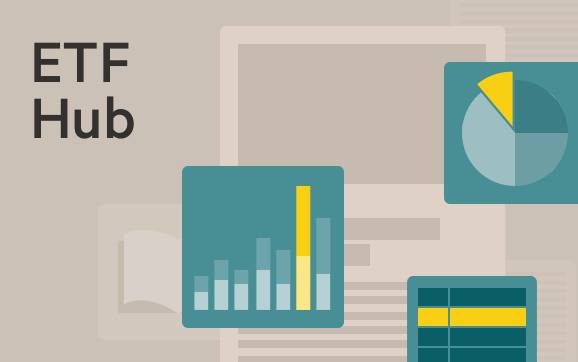
Latest news on ETFs
Visit our ETF Hub to find out more and to explore our in-depth data and comparison tools
Asset managers must offer products that better align with advisers’ needs for flexibility and cost-efficiency, research from Cerulli Associates shows.
Advisers across all channels have become increasingly conscious of the price they pay for access to investment strategies as their clients become even more aware of fees, said Matt Belnap, associate director at the researcher. Shops need to respond to this increasing margin pressure and scale with products that offer more flexibility, as well as with active strategies that are priced appropriately to compete with index options, he said.
More advisers are opting for passive strategies to avoid revenue-sharing payments, according to the report. Passive products, especially large-cap equities, are among those best positioned to gather assets, Belnap said.
However, there are still opportunities for active managers, especially in fixed income and for small- or mid-cap products that have capacity concerns, he noted.

This article was previously published by Ignites, a title owned by the FT Group.
The demand for ETFs and separately managed accounts will continue to grow as advisers shift their investment allocations away from mutual funds to the lower-cost products. Though mutual funds remain the most widely used product vehicle for advisers, flows are expected to decline in the long term, the research suggests.
Investors withdrew $920.2bn from mutual funds during the year ended February, and added $528.7bn to ETFs, according to Morningstar Direct. Actively managed strategies were hit hardest. Active mutual funds recorded $979.3bn in net outflows during the 12-month period, and index mutual funds collected $59.1bn in net inflows.
Advisers surveyed by Cerulli plan to use mutual funds and variable annuities “notably less frequently” in the future, the researcher said. Use of mutual funds within portfolios is expected to drop 13 per cent by 2024, the survey found. And use of SMAs and ETFs is poised to grow approximately 20 per cent and 16 per cent, respectively.
Advisers have done a pretty good job of protecting their own margins, Belnap said. They have really “squeezed a lot of the slack out” by going to index products and ETFs, he said.
Latest news on ETFs

Visit the ETF Hub to find out more and to explore our in-depth data and comparison tools helping you to understand everything from performance to ESG ratings
It’s not yet clear what will happen next, Belnap said.
“Will this pressure continue now that there is not a lot of slack to squeeze out of the products anymore?” he asked. It could also mean that advisory fees fall even more, he added.
Some firms are offering more features to advisers in response to growing demand for ETFs from adviser clients and the need for more flexibility. Dimensional Fund Advisors, for example, started offering advisers the option to hold and trade ETFs on its SMA platform in late January.
The days of some shops only offering mutual funds are going away, Belnap said. “You are going to have to be able to offer your capital in a variety of different vehicles if you want to survive,” he said.
*Ignites is a news service published by FT Specialist for professionals working in the asset management industry. Trials and subscriptions are available at ignites.com.